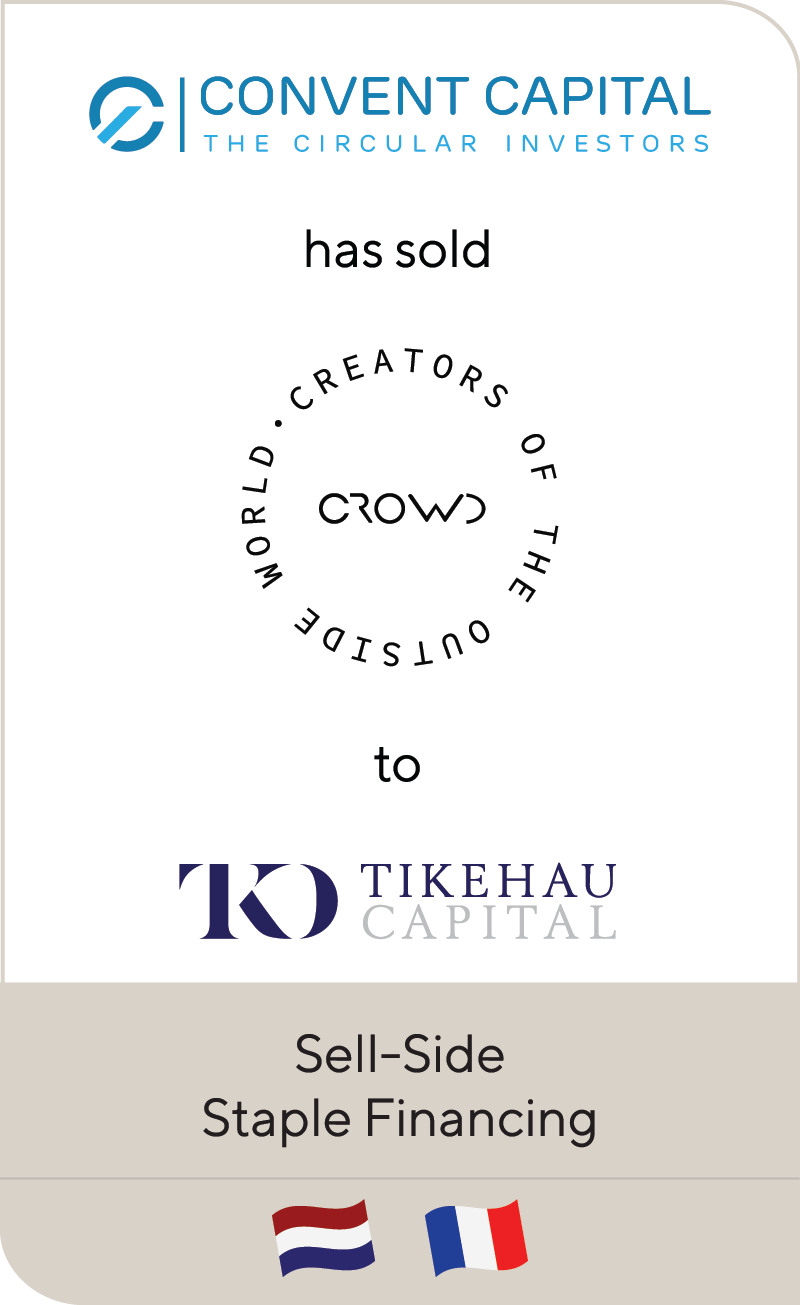2021 Building & Infrastructure Conference Recap: Six Trends Impacting the Industry
Dec 2021
Published by L.E.K. Consulting on December 16, 2021.
L.E.K. Consulting and Lincoln International recently co-hosted the 13th annual Building & Infrastructure Conference in New York City, New York. More than 120 construction industry-focused executives and investors gathered online and in person for the first time in two years to attend this exclusive, invitation-only event.
The half-day conference featured remarks from Rob Rourke, L.E.K. Managing Director and President of the Americas Region; Lucas Pain, Managing Director and Co-Head of L.E.K.’s Building & Construction practice; Jeff Corum, Managing Director at Lincoln International; and Scott Molinaro, Director at Lincoln International.
In addition, two speakers from John Burns Real Estate Consulting delivered keynote and endnote addresses: John Burns discussed investor-driven regional housing bubbles, and Todd Tomalak provided an outlook on residential repair and remodeling.
The event also included two panels of executives and industry experts/investors. Those conversations focused on observations around key themes and ongoing trends in the industry, spanning demand (residential, commercial, infrastructure), supply (labor shortages, supply chain disruptions, industry consolidation, inflation) and COVID-19 impacts (demand pull forward, hybrid working dynamics, outdoor living).
While high levels of uncertainty and disruption remain in the construction space, by the end of the day, the following overarching trends impacting the industry had become clear:
Residential new construction demand remains strong, but caution should be exercised
In the long term, underlying demand fundamentals remain strong due to demographic tailwinds. Short-term activity is likely to be robust as builders continue to work through supply constraints to meet unprecedented levels of demand, in part fueled by record investments from the “build to rent” community. However, there is uncertainty in the medium term as to whether COVID-19 has pulled forward some activity that otherwise would have occurred two to three years from now.
Repair and remodel (R&R) is poised to continue growing, but the focus is shifting to larger projects
Total residential R&R spend is on healthy footing as homeowner equity is high and as the average age of housing stock in the U.S. rises. However, the strength of future growth is likely to vary as a function of project size. Smaller, DIY-friendly product categories, which are used in R&R applications, have experienced tremendous growth over the past 18 months due to demand that was pulled forward during the height of the pandemic. As personal savings rates reached all-time highs, consumers spent to make modest cosmetic and functional improvements to their living spaces as other avenues of spend such as travel and restaurant dining were restricted. While demand for some of those smaller projects begins to wane, major project demand has already increased meaningfully in 2021 and is likely to continue over the next several years.
Interest in outdoor living has permanently increased; current demand far outpaces supply
While the outdoor living category had been gaining momentum even before the pandemic, COVID-19 has served as a secular tailwind that has fundamentally and permanently increased demand. “COVID taught every household in America what their home really meant to them, both the inside and the outside of the home. Investment in the backyard, whether it is decking, swimming pools, firepits or fencing, has been red hot. There has been a sea change in the space and there’s a backlog of project demand that is very, very significant,” said one panelist. Strong current demand will likely be further underpinned by recent home price appreciation, with homeowners historically demonstrating a willingness to invest more in their homes as their property values rise.
The long-term trend toward consolidation within the distribution space is likely to continue
The distribution landscape has been consolidating in recent years as operators have looked to capture the benefits of scale. However, this landscape still remains highly fragmented and localized, presenting additional opportunities for further M&A, from both larger distributors acquiring smaller mom-and-pops and manufacturers exploring vertical downstream integration to move closer to their end customers.
Labor shortages continue to intensify, prompting record investment in processes and people
Labor shortages, which were already beginning to elongate construction timelines before the pandemic, have intensified as contractors exited the industry. “There’s never been a harder time to build a house,” said one panelist. This challenge has forced operators to be more creative than ever before, prompting not only record investments in product innovation that reduce job site labor requirements as well as production automation, but also attention being given to economic and career advancement opportunities for employees.
Supply chain challenges abound, but opportunities exist for those rethinking legacy approaches
As one panelist noted, “Supply chain challenges are acute issues everywhere. It is an issue downstream where manufacturers are not able to supply their products into the market. It is an issue upstream where manufacturers are not able to source inputs.” However, these challenges also bring potential opportunities for companies that are willing to proactively manage and invest in new solutions, including reshoring production capacity and building out supply chain redundancies.
Summary
-
L.E.K. Consulting and Lincoln International recently co-hosted the 13th annual Building & Infrastructure Conference in New York City, New York.
- Sign up to receive Lincoln's perspectives
Contributors
Meet Professionals with Complementary Expertise

I strive to deliver value-added advice, leveraging deep industry knowledge and extensive industry relationships.
Guillaume Suizdak
Managing Director & European Co-head of Industrials
ParisRelated Perspectives

Lincoln International Managing Directors Recognized as Emerging Leaders
Lincoln International is pleased to share that The M&A Advisor named Managing Directors Adam Gifford, Brian Goodwin, Eddie Krule and Scott Molinaro as recipients in the Emerging Leaders Awards. These… Read More

Building Products M&A Market Finds its Footing
The building products industry gathered at well attended conferences in early 2024. The National Association of Home Builders International Builders’ Show (IBS) and Kitchen and Bath Show (KBIS) attracted its largest crowd… Read More

The Eventual Normalization of the Housing Market will Create a Busy Period for Building Products M&A
In late 2022, building products companies were assessing the impact of the flash freeze in the new residential construction market caused by mortgage interest rates more than doubling. However, as… Read More

2020 Building Products Perspectives and Trends
Due to COVID-19, Lincoln International and L.E.K. Consulting had to cancel the annual Building & Infrastructure Conference for 2020. Our hope is that we can host you again in the… Read More













